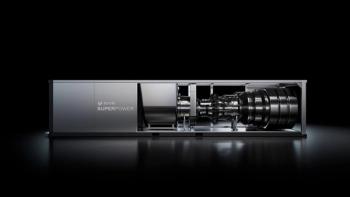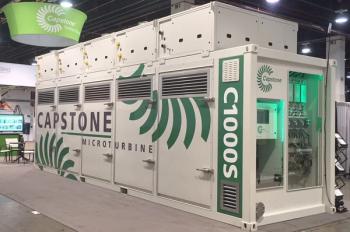
GE to supply 7HA.02 gas turbine package for Connecticut power station
PSEG Power, a subsidiary of PSEG, recently ordered a 7HA.02 gas turbine engineered equipment package from GE for the Bridgeport Harbor Generating Station in Bridgeport, Connecticut. This is the second order for GE in the New England region. The new 7HA.02 unit will run primarily on natural gas, but also will be able to operate on ultra-low-sulfur distillate as a backup fuel.
The 7HA.02 gas turbine order includes a gas turbine, a steam turbine, associated generators and a former Alstom-engineered heat recovery steam generator (HRSG). The package is likely to be used in an expansion of the existing Bridgeport Harbor facility and said to replace a 50-year-old coal-fired unit. The retirement of this unit, the last coal-fired plant in Connecticut, is expected to help the state meet the requirements under the federal government’s proposed Clean Power Plan.
At the Bridgeport Harbor facility, the existing coal-fired steam turbine has only run about 800 hours per year as a result of lower efficiency and higher emissions output. The new 485MW 7HA.02-based combined-cycle power plant is expected to run nearly 8,000 hours per year with lower emissions while providing the equivalent power needed to supply nearly 500,000 U.S. households. The new plant is scheduled to begin commercial operation in 2019.
Other benefits of the 7HA.02 include plant flexibility, rapid response and the 60 Hz gas turbine. The ability of the 7HA.02 to ramp up or down at 50-MW per minute is a benefit to PSEG and ISO-NE, as intermittent renewable resources are added to the grid. The equipment package is a full rapid-response plant, able to start up and achieve emissions compliance in as little as 30 minutes while providing over 200 MW of power to the grid within 10 minutes. The 7HA.02 gas turbine provides high power density and lower total installed costs while creating lower greenhouse gas emissions.
Newsletter
Power your knowledge with the latest in turbine technology, engineering advances, and energy solutions—subscribe to Turbomachinery International today.





